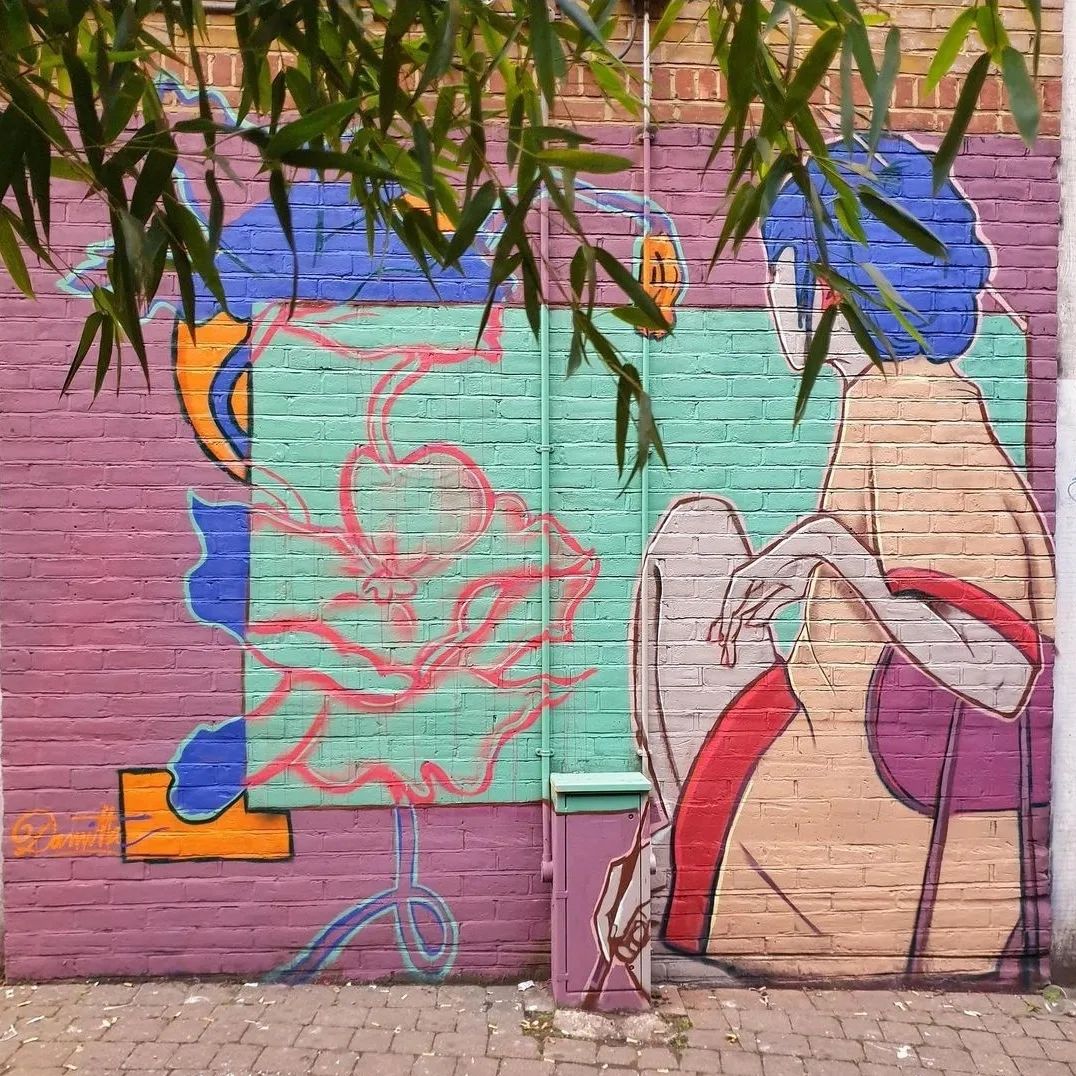
PC: womcollective / Instagram
Graffiti art is evolving as we live, and the direction it has taken is beyond inspiring
In terms of recreation, New York in the 1960s and 1970s provided little for its youth. “You could be on the basketball team, you could be in a gang, or you could go out here and write on the walls,” a writer from the Bronx told a documentary crew. At a time when “the kids had to figure out what to do with themselves”, graffiti-writing became not only a creative pursuit, but also a way to assert your identity for fame and respect.
But the origins of graffiti – in London as much as NY – were marred with risks. “In its early days, graffiti-writing meant scaling walls to get into abandoned buildings, walking along train tracks in the dead of night, and battling with other writers to gain notability…,” Huck Magazine recently noted. “From the get-go, men dominated proceedings, with women writers few and far between.”
But, as with all other things, graffiti-writing and art have evolved to become much more inclusive and meaningful. While Banksy has recently been in the news for providing warmth through his art in the ramshackle of Horenka, pockets across Delhi have seen the emergence of street art by women from marginalised social groups, reclaiming these spaces. All manner of evolution are always fascinating to observe, but those that move towards a gentler, more compassionate way of being are always and forever welcome!